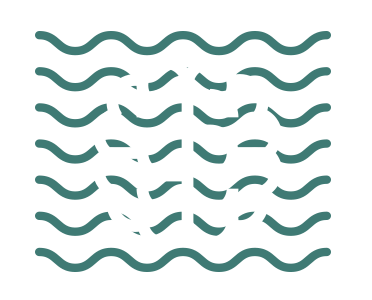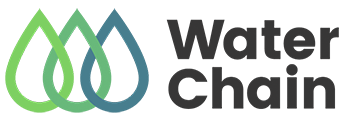Recovering the Baltic Sea
by reducing harmful inflows of nutrients and hazardous substances
Problems in the Baltic Sea
Harmful inflow of nutrients and hazardous substances is a challenge the Baltic Sea has faced for many years and still struggles to tackle.
What can I do?
Mighty oaks from little acorns grow. Every small act counts. Reduce, reuse and recycle!
Best Practices
How to build a phosphorus filter? How to reduce nitrogen inflow to the water cycle? How to remove hazardous substances from the water?
The Baltic Sea Quiz
Challenge yourself and your friends in our quiz about the Baltic Sea.

Short introduction of the WaterChain project
WaterChain reduces the inflows of nutrients and hazardous substances ending up in the Baltic Sea.
The project has two main approaches:
- Raising awareness of the effects of everyday actions on the Baltic Sea and introducing various means to reduce the chemical and nutrient load.
- Reducing the inflow of nutrients and hazardous substances by utilizing environmental technology.
When?
10/2015 – 9/2018
Who?
- Satakunta University of Applied Sciences (Lead Partner, FI)
- Pyhäjärvi Institute (FI)
- Turku University of Applied Sciences (FI)
- Åland Waterworks Ltd. (FI)
- KTH Royal Institute of Technology (SE)
- Tallinn University of Technology (EE)
- Estonian Environmental Research Centre (EE)
- Riga Technical University (LV)
- Foundation “Institute for Environmental Solutions” (LV)
Why?
To reduce the inflows of nutrients and hazardous substances to the Baltic Sea
How?
Using pilot watersheds and environmental technology
Stakeholders
Ministries, local authorities, municipalities, industry, education, local people

